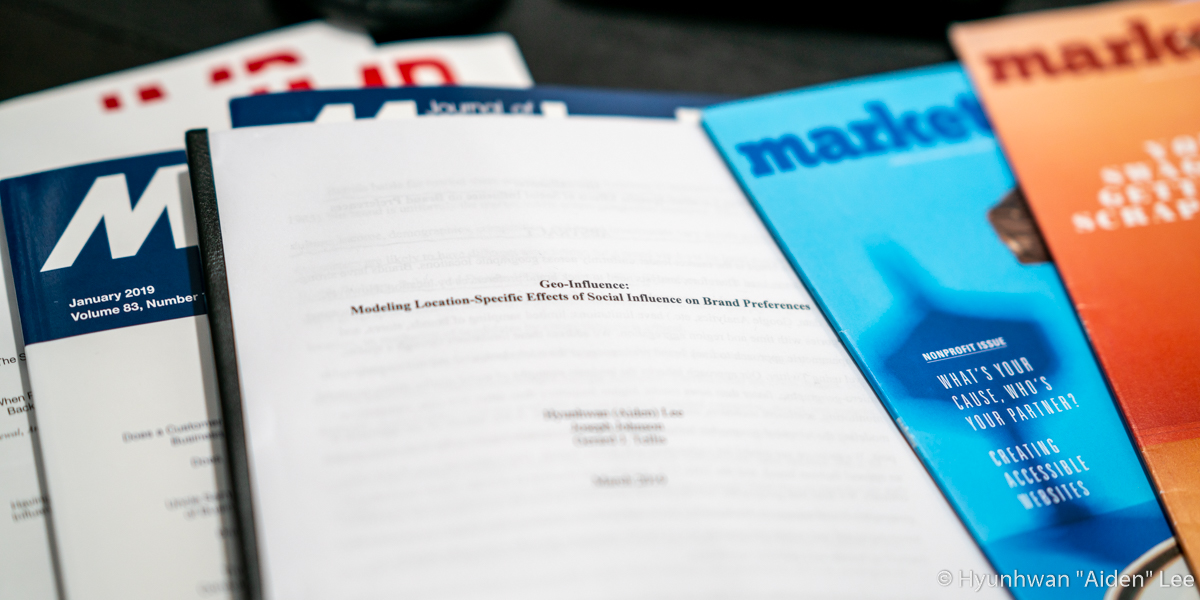Inhwa Kim, Chung-Wha ‘Chloe’ Ki, Hyunhwan “Aiden” Lee, and Youn-Kyung Kim
- Journal of Business Research, 176 (2024), 114611
- https://doi.org/10.1016/j.jbusres.2024.114611
The existing literature examines VIs’ utilitarian, personal, and relational traits, but a gap exists in interface design understanding. This study employs avatar marketing and ambivalence theories to explore how VIs’ design elements (VI’s varying form realism and behavioral realism design) induce ambivalent emotions (eeriness and coolness) and impact VI marketing performance (follow and purchase intentions). Two experimental studies were conducted, using ANCOVA, multiple regression, and PROCESS macro analyses. In Study 1, utilizing contemporary VIs from the market, it was revealed that a VI exhibiting mid (vs. low) form realism triggered heightened perceptions of both eeriness and coolness, with these effects being magnified under the condition of high (vs. low) behavioral realism. In Study 2, using VIs generated through the StyleGAN AI technique, it was validated that those with high (vs. low) form realism were associated with decreased perceptions of eeriness and increased coolness, particularly when combined with high (vs. low) behavioral realism. Additionally, our findings emphasized the negative impact of eeriness and the positive influence of coolness on VI performance outcomes. In summary, our study reveals the significant role of VI interface designs in VI marketing performance, highlighting consumers’ mixed emotions as crucial mediators in this context. Additionally, our findings highlight the negative impact of eeriness and the positive influence of coolness on VI performance. Its primary contribution is uncovering VIs’ interface designs as significant factors in VI marketing performance, while recognizing consumers’ ambivalent emotions as vital mediators in this relationship.
